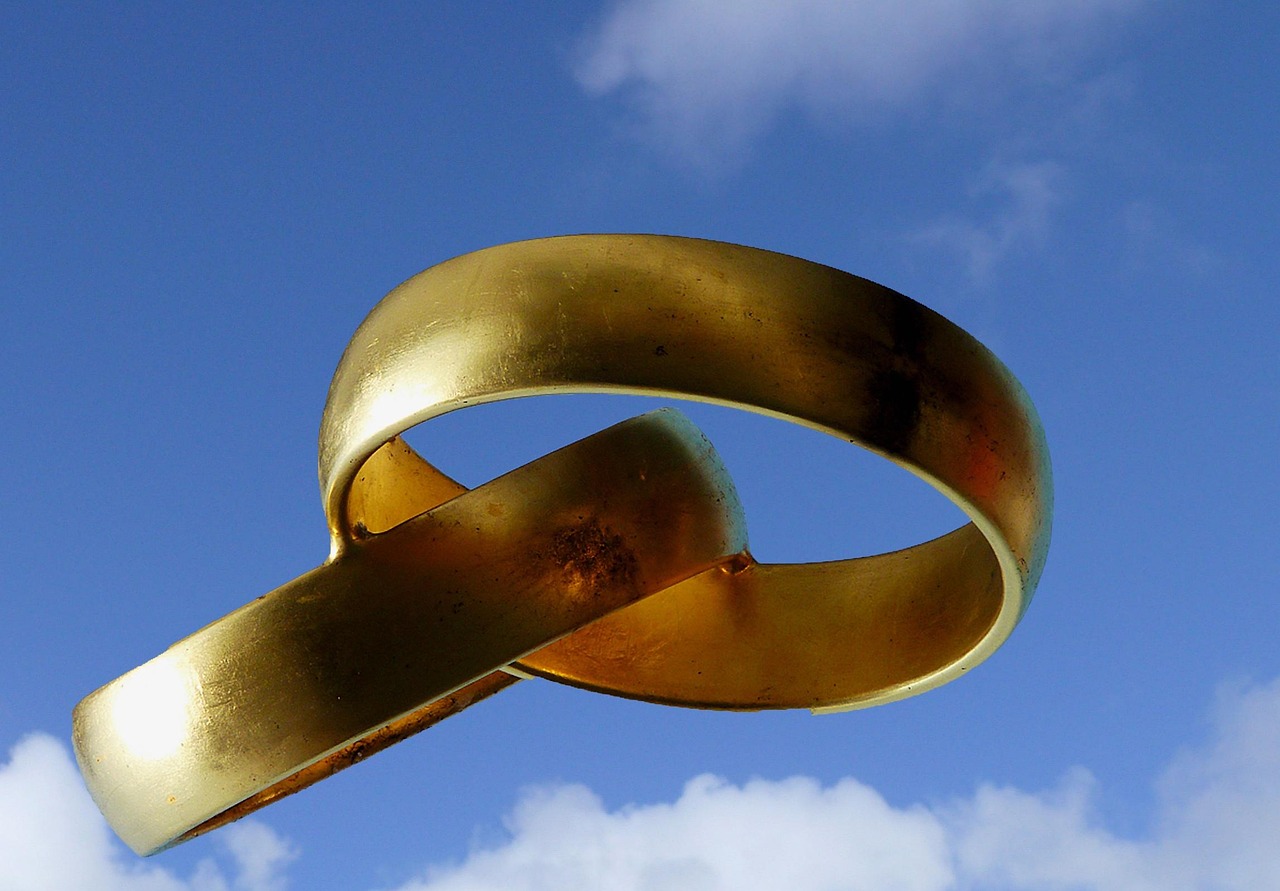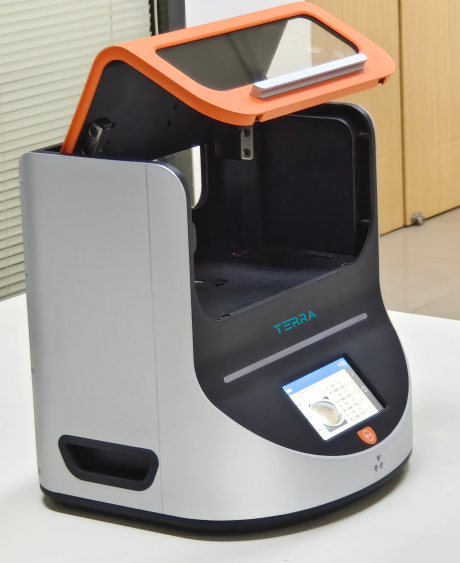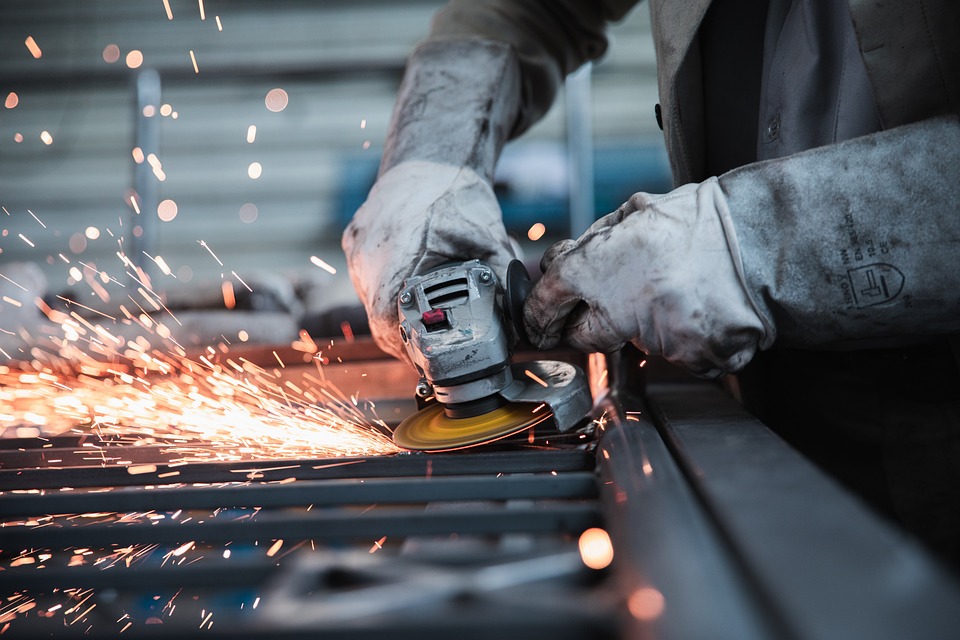
Gold and Jewelry
A high-tech enterprise focusing on the development and application of X-ray technology products, committed to becoming a leading supplier of X-ray industrial testing solutions.
What is a XRF Gold Verify Machine? A Beginner's Guide to Testing Purity
You’re holding a piece of jewelry, a coin, or maybe a gold nugget. It looks real, it feels real, but how can you be absolutely sure? For centuries, people relied on acid tests, magnets, and even the classic "bite test" (not recommended!). But in the modern world, the gold standard for verification is a piece of cutting-edge technology: the XRF Gold Tester.
If you're new to the world of precious metals, the term might sound complex. But fear not! This beginner's guide will break down exactly what an XRF machine is, how it works, and why it has revolutionized the gold industry.
First Things First: What Does "XRF" Even Mean?
XRF stands for X-ray Fluorescence. Let's unpack that intimidating term:
X-ray: You’re probably familiar with X-rays from the doctor's office. It’s a type of high-energy light, or radiation, that can pass through certain materials.
Fluorescence: Think of a glow-in-the-dark sticker. It absorbs light (energy) and then re-emits it as a visible glow.
Put them together, and X-ray Fluorescence is the process where a material absorbs X-ray energy and then instantly "fluoresces," or emits its own unique light back out.

So, How Does an XRF Machine Test Gold?
Imagine you could ask the gold itself, "What are you made of?" An XRF tester does exactly that. Here’s the step-by-step process in simple terms:
Point and Shoot: The operator places the gold item directly in front of the machine's measurement window.
A Tiny Burst of Energy: The machine emits a safe, low-dose beam of X-rays onto the surface of the item.
The Atoms Get Excited: These X-rays hit the atoms in your gold item. Each element (gold, silver, copper, platinum, etc.) has a unique atomic structure. The X-ray energy causes the atoms to become temporarily "excited."
The Unique Fingerprint: As the atoms calm down, they release their own specific energy signature—their own "fingerprint"—back towards the machine.
The Computer Analyzes: A sophisticated detector inside the machine catches these returning signals. A computer then analyzes them, identifying every single element present and calculating its exact percentage.
In seconds, a screen displays a detailed report showing:
Gold Purity: The exact karat value or percentage (e.g., 58.5% Au = 14K).
Other Precious Metals: The presence and amount of platinum, palladium, or silver.
Alloy Metals: The specific metals used in the alloy, like copper, zinc, or nickel.
Toxic Elements: It can even detect harmful elements like cadmium or lead, which are sometimes used in counterfeits.
Why is XRF Testing Such a Game-Changer?
Before XRF, dealers and jewelers relied heavily on touchstone acid tests. While still useful, these methods are destructive (they leave a small mark), less precise, and can't identify all the elements present.
Here’s why XRF has become the preferred method:
Non-Destructive: This is the biggest advantage. The test does not harm, scratch, or alter your item in any way. It's perfect for valuing finished jewelry, antiques, and numismatic coins.
Incredibly Fast: A full analysis takes between 10 to 60 seconds. This allows for high-volume testing in pawnshops, jewelry stores, and refineries.
Highly Accurate: XRF provides a precise chemical breakdown, leaving very little room for error or subjective interpretation.
Identifies Counterfeits: It can easily spot sophisticated fakes, like gold-plated tungsten, because it reads the core material, not just the surface.
Are There Any Limitations?
No technology is perfect, and it's important to understand the limitations of XRF:
Surface-Level Analysis: XRF only tests the very surface of an item (a few micrometers deep). A thick gold plating over a base metal can trick the machine if the operator isn't experienced.
Requires a Flat Surface: For the most accurate reading, the item needs to make a good seal with the testing window. Very irregularly shaped or textured items can be challenging.
Operator Skill: While the machine does the science, a skilled operator is needed to properly position items, interpret results, and recognize potential red flags.
Cost: High-quality XRF analyzers are a significant investment, typically costing thousands of dollars, making them best suited for professional use.
Who Uses XRF Gold Testers?
You’ll find these machines wherever the accurate valuation of gold is critical:
Jewelry Stores & Pawnbrokers
Precious Metal Refineries & Recyclers
Coin & Bullion Dealers
Museums & Archaeologists (for artifact analysis)

Terras Aurora600 Benchtop Precious Metal Analyzer
The AURORA 600 benchtop gold analyzer provides a rapid, precise, and entirely non-destructive method for determining the karat value and concentration of gold and other precious metals (including Ag, Cu, Pd, etc.). Requiring no harmful chemicals, it delivers fire-assay comparable results in seconds with simple one-button operation, making it ideal for quality control and authentication in retail environments. Its safe, closed-beam design and ability to detect gold plating ensure both operator security and reliable protection against counterfeit or under-karated materials.
The Bottom Line
An XRF gold tester is a powerful, scientific instrument that has brought unprecedented accuracy and efficiency to the world of precious metals. It takes the guesswork out of verifying gold purity, protecting both buyers and sellers from costly mistakes.
While it may not be a device the average person owns, understanding how it works empowers you as a consumer. The next time a professional whips out an XRF gun to test your gold, you'll know exactly what's happening: they're having a conversation with the atoms themselves to uncover the true value of your treasure.
About Terra Scientific
Terra Scientific is a high-tech manufacturer specializing in the development and application of X-ray technology products. We are committed to becoming a world-class provider of X-ray industrial inspection solutions. Terra Scientific currently offers a range of products to global customers, including handheld alloy analyzer, handheld precious metal analyzer, handheld mining analyzer, benchtop precious metal analyzers, in-line analyzer, and spectrometer modules, along with XRF analyzers. We continuously serve global clients in fields such as mechanical manufacturing, metal processing, aerospace, petrochemicals, mining and geology, food safety, environmental protection, and scientific research.
To learn more, please don't hesitate to contact us via email at sales@terra-scientific.com, or visit our website at http://www.terra-scientific.com
Join Us
Subscribe to our email list for updates & promotions.



